One of the top trends on the internet now is, “gilsonite magnetic + is gilsonite magnetic”. This topic is very interesting for a wide variety of reasons, but first I should give you some information about the Gilsonite itself. Magnetic iron ore (an iron ore that makes up 5% of the earth’s crust) is a type of iron ore found on Earth. This iron ore is magnetic and can be absorbed by magnets or converted into magnets. Scientists believe that magnetite is the first naturally occurring magnetic mineral on Earth some sources of metal that no longer exist on Earth due to the impact of meteorites on Earth. 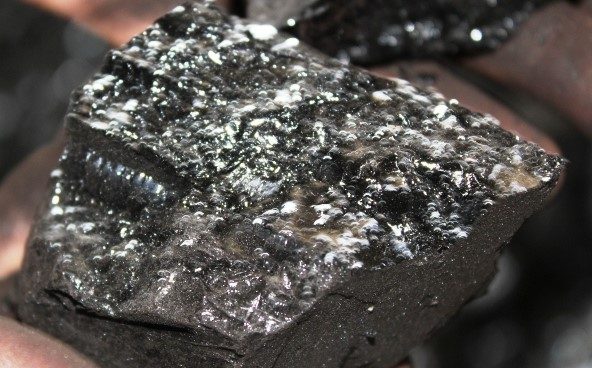 While magnetite iron ore was the first magnet used in the world, the Greeks are said to have used it as a magnet around 600 BC. Iron sulfide, iron oxide, and iron carbonate are different types of iron found in the earth’s crust. Hematite and magnetite are two important iron oxides in the branch of metals. The stones tend to be dark black in color, and their crystalline form is an octagonal crystal, presented as an octagon in the form of two pyramids attached to a base. Magnetite is a type of iron ore, so it is highly valued by artisans. In general, magnetite iron ore is much rarer than hematite, so its value and price are higher than hematite. One of the uses of magnetite iron ore is to use them to make magnets because the properties of this stone can be a good choice for making magnets. We have already said that ferromagnetic materials have strong magnetic properties, in fact, ferromagnetic materials and ferromagnetic materials are the same, in this section, and we will introduce ferromagnetism because magnetite stones have this property. Magnetism includes many things, the strongest of which is ferromagnetism. Ferromagnetic materials are materials that have become permanent magnets, or in other words, they can always be attracted to a magnet. Imagine you have a substance or a stone with an external magnetic field next to it. When a substance is placed near a magnetic field, the substance gradually acquires its magnetism. In this case, if there is no longer an external magnetic field near the material, magnetism can still be seen in it and the material becomes a permanent magnet.
While magnetite iron ore was the first magnet used in the world, the Greeks are said to have used it as a magnet around 600 BC. Iron sulfide, iron oxide, and iron carbonate are different types of iron found in the earth’s crust. Hematite and magnetite are two important iron oxides in the branch of metals. The stones tend to be dark black in color, and their crystalline form is an octagonal crystal, presented as an octagon in the form of two pyramids attached to a base. Magnetite is a type of iron ore, so it is highly valued by artisans. In general, magnetite iron ore is much rarer than hematite, so its value and price are higher than hematite. One of the uses of magnetite iron ore is to use them to make magnets because the properties of this stone can be a good choice for making magnets. We have already said that ferromagnetic materials have strong magnetic properties, in fact, ferromagnetic materials and ferromagnetic materials are the same, in this section, and we will introduce ferromagnetism because magnetite stones have this property. Magnetism includes many things, the strongest of which is ferromagnetism. Ferromagnetic materials are materials that have become permanent magnets, or in other words, they can always be attracted to a magnet. Imagine you have a substance or a stone with an external magnetic field next to it. When a substance is placed near a magnetic field, the substance gradually acquires its magnetism. In this case, if there is no longer an external magnetic field near the material, magnetism can still be seen in it and the material becomes a permanent magnet. 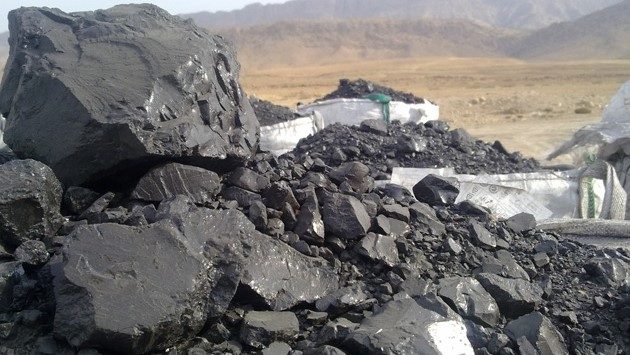 Note that not all substances can be a permanent magnet, which means that if other substances are placed near a magnetic field, they will not absorb ferromagnetic properties, and this only happens with certain substances, such as Iron. It appears that in addition to the origin for the production of magnetite iron ore and the chemistry that led to this property, nanoparticles also formed in the earth. These nanoparticles can be used in biomedicine or various biological sciences. Characteristics of magnetite iron ore The chemical formula for iron ore is Fe3O4 magnetite. The name is Greek and means magnet. This stone is placed in mineral composition and is a hard rock so it is difficult to dissolve in hydrochloric acid HCL. Switzerland was the first place to discover magnetite iron ore. This stone has a crystalline appearance and has granular aggregates. There are also a lot of saturated particles in it. The hardness of this stone is 5.5. Detection method There are several ways to identify and detect iron ore magnetite. One of these methods is eye diagnostics. In this method, magnetite is identified by its color and appearance. The color of magnetite is usually black or dark brown. In general, the darker the iron ore, the more likely it is magnetite. This iron ore also has a metal polishing. It also has the appearance of an octahedral crystal. Another way to identify magnetite iron ore has to do with the magnetic properties of this iron ore.
Note that not all substances can be a permanent magnet, which means that if other substances are placed near a magnetic field, they will not absorb ferromagnetic properties, and this only happens with certain substances, such as Iron. It appears that in addition to the origin for the production of magnetite iron ore and the chemistry that led to this property, nanoparticles also formed in the earth. These nanoparticles can be used in biomedicine or various biological sciences. Characteristics of magnetite iron ore The chemical formula for iron ore is Fe3O4 magnetite. The name is Greek and means magnet. This stone is placed in mineral composition and is a hard rock so it is difficult to dissolve in hydrochloric acid HCL. Switzerland was the first place to discover magnetite iron ore. This stone has a crystalline appearance and has granular aggregates. There are also a lot of saturated particles in it. The hardness of this stone is 5.5. Detection method There are several ways to identify and detect iron ore magnetite. One of these methods is eye diagnostics. In this method, magnetite is identified by its color and appearance. The color of magnetite is usually black or dark brown. In general, the darker the iron ore, the more likely it is magnetite. This iron ore also has a metal polishing. It also has the appearance of an octahedral crystal. Another way to identify magnetite iron ore has to do with the magnetic properties of this iron ore. 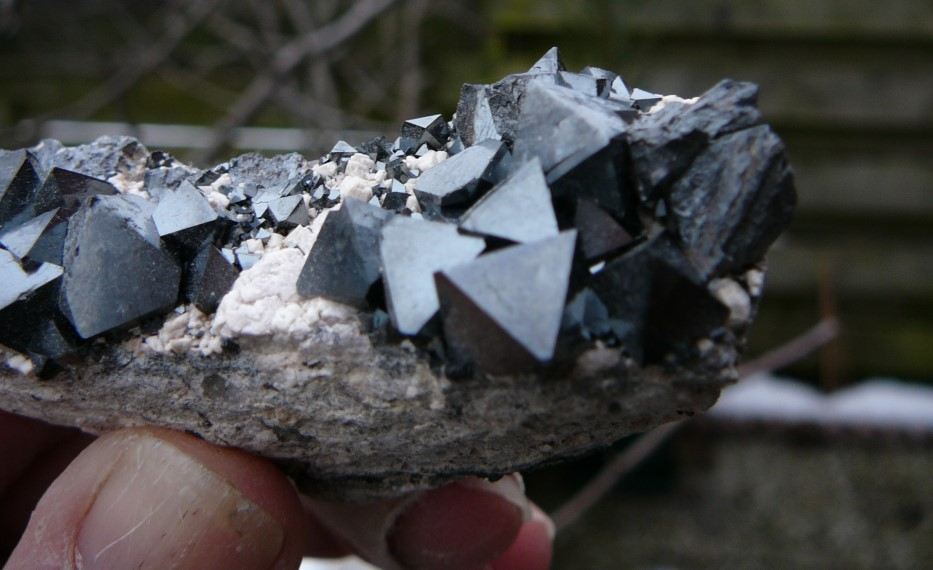 This property makes it possible to use magnetic methods to distinguish it from other materials This method obviously has its problems, as other iron ores, such as hematite, are excreted as waste. Another method used to detect magnetite iron ore is chemical. In this method, iron ore is dissolved in HCl. In fact, magnetite stones are difficult to dissolve in this solution and can therefore be identified. Another of these chemical methods is the use of Xrd and Xrf analysis. Through these chemical analyzes, the quality of iron ore is demonstrated and magnetite is detected. Available resources The formation of magnetite iron ore is a natural event and occurs in various geological environments. Magnetite is available from igneous to sedimentary or metamorphic rocks. Iron ore typically makes up about 5% of the earth’s crust. After the first magnetite tears were discovered in Switzerland, various sources containing this valuable substance were discovered around the world. In some regions, such as India, Hong Kong, the USA, etc., magnetite can be found in coastal sand. Sand containing magnetite is often referred to as black sand. In fact, this magnetite was eroded by the rocks through which the river passed. When the river flows into the sea, ironstone or black sand is carried to the shore.
This property makes it possible to use magnetic methods to distinguish it from other materials This method obviously has its problems, as other iron ores, such as hematite, are excreted as waste. Another method used to detect magnetite iron ore is chemical. In this method, iron ore is dissolved in HCl. In fact, magnetite stones are difficult to dissolve in this solution and can therefore be identified. Another of these chemical methods is the use of Xrd and Xrf analysis. Through these chemical analyzes, the quality of iron ore is demonstrated and magnetite is detected. Available resources The formation of magnetite iron ore is a natural event and occurs in various geological environments. Magnetite is available from igneous to sedimentary or metamorphic rocks. Iron ore typically makes up about 5% of the earth’s crust. After the first magnetite tears were discovered in Switzerland, various sources containing this valuable substance were discovered around the world. In some regions, such as India, Hong Kong, the USA, etc., magnetite can be found in coastal sand. Sand containing magnetite is often referred to as black sand. In fact, this magnetite was eroded by the rocks through which the river passed. When the river flows into the sea, ironstone or black sand is carried to the shore.
gilsonite magnetic
Gilsonite is one of the minerals that can get magnetic only if under some controlled situations. Ferromagnetic materials have strong magnetic properties, in fact, ferromagnetic materials and ferromagnetic materials are the same. 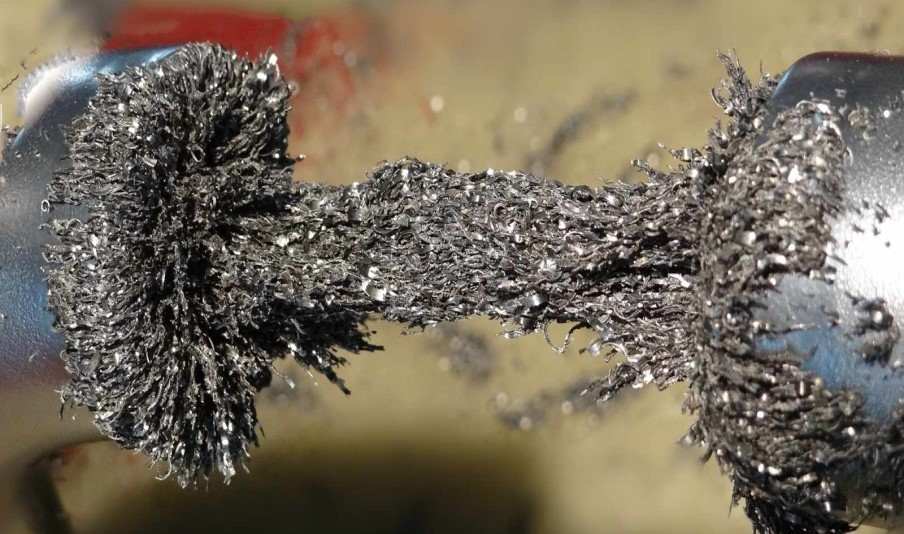 Magnetism includes many things, the strongest of which is ferromagnetism. Ferromagnetic materials are materials that have become permanent magnets, or in other words, they can always be attracted to a magnet. Magnetite and its biological role in living organisms Magnetic crystals are found genetically in a variety of organisms, such as magneto tactic microorganisms, insects, mollusks, fish, birds, and mammals. Several studies have shown that magnetite is also biologically deposited in the human brain as part of iron metabolism. But others believe that this is likely to be caused by external factors. In fact, they claim that air pollution includes more than just gases such as sulfur dioxide, ozone, and nitrogen oxides. Contaminants also include solid particles that vary in size from a few nanometers to micrometers. These particles are produced by natural processes and human activities and enter directly into the atmosphere. Magnetite is one of the most widely used components found in these pollutants, especially in urban pollutants. Studies have shown that magnetite, which is produced by the body and brain from inhaling polluted air and air pollutants, contributes to a variety of respiratory and cardiovascular diseases.
Magnetism includes many things, the strongest of which is ferromagnetism. Ferromagnetic materials are materials that have become permanent magnets, or in other words, they can always be attracted to a magnet. Magnetite and its biological role in living organisms Magnetic crystals are found genetically in a variety of organisms, such as magneto tactic microorganisms, insects, mollusks, fish, birds, and mammals. Several studies have shown that magnetite is also biologically deposited in the human brain as part of iron metabolism. But others believe that this is likely to be caused by external factors. In fact, they claim that air pollution includes more than just gases such as sulfur dioxide, ozone, and nitrogen oxides. Contaminants also include solid particles that vary in size from a few nanometers to micrometers. These particles are produced by natural processes and human activities and enter directly into the atmosphere. Magnetite is one of the most widely used components found in these pollutants, especially in urban pollutants. Studies have shown that magnetite, which is produced by the body and brain from inhaling polluted air and air pollutants, contributes to a variety of respiratory and cardiovascular diseases.  Of course, the beneficial effects of this substance on the perception, transmission, and long-term storage of information in the human brain are also investigated. Hematitis Hematite with the chemical formula Fe2O3 is one of the most famous and best-selling iron ores in the world. It is mainly used in cement production, paint manufacturing and anti-paint manufacturing. It has high refraction of light, so it was used to make mirrors in the past. Hematite is brilliant in color and is sometimes used in jewelry, but in addition to its various functions from magnetite, this stone has other distinct differences from magnetite. The difference between magnetite iron ore and hematite There are different differences between magnetite iron ore and hematite. Hematite crystals are found in many forms in nature, including scaly, granular, massive, radial, etc. It also comes in a wide variety of brown, gray, black, and red. In addition, this type of iron ore can be translucent or completely opaque and have a so-called matte finish. Magnetite and hematite can be distinguished from each other in different ways. But one of the most popular and easiest ways is to use the magnetic method. In this method, ferromagnetic magnetite is easily separated from hematite.
Of course, the beneficial effects of this substance on the perception, transmission, and long-term storage of information in the human brain are also investigated. Hematitis Hematite with the chemical formula Fe2O3 is one of the most famous and best-selling iron ores in the world. It is mainly used in cement production, paint manufacturing and anti-paint manufacturing. It has high refraction of light, so it was used to make mirrors in the past. Hematite is brilliant in color and is sometimes used in jewelry, but in addition to its various functions from magnetite, this stone has other distinct differences from magnetite. The difference between magnetite iron ore and hematite There are different differences between magnetite iron ore and hematite. Hematite crystals are found in many forms in nature, including scaly, granular, massive, radial, etc. It also comes in a wide variety of brown, gray, black, and red. In addition, this type of iron ore can be translucent or completely opaque and have a so-called matte finish. Magnetite and hematite can be distinguished from each other in different ways. But one of the most popular and easiest ways is to use the magnetic method. In this method, ferromagnetic magnetite is easily separated from hematite. 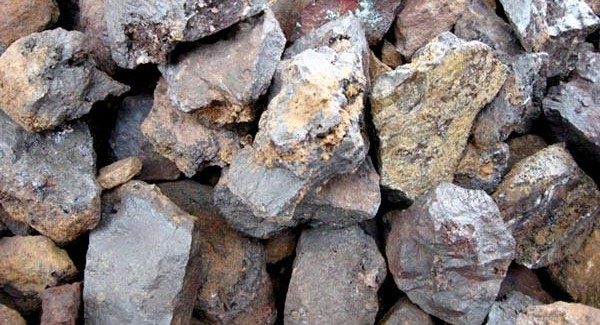
is gilsonite magnetic
Gilsonite is one of the materials found on the surface of earth having different qualities like being magnetic. There are several minerals with magnetic quality in the world. Many of us have come to the conclusion that when we walk across plains, mountain slopes, or even desert areas, we suddenly encounter a striking and unique cliff. Some of these stones have a strange, different shape, material, or color that sets them apart from the others. Some people collect these stones in their personal collections. Of course, geologists believe that these rocks should not be moved elsewhere, and respect for the laws of nature tells us that we should not do anything other than the opposite of nature. But in addition to terrestrial rocks, some of which are rare and precious, there are also rocks of extra-terrestrial origin that arrived on Earth after a long journey. Between 40,000 and 80,000 tons of extra-terrestrial matter enter the Earth’s atmosphere each year. Most materials are fine and not bulky. Many large areas also fall into the sea, as more than 70% of the earth is covered by oceans. But there are still thousands of meteorites hidden in the rocks of the Earth on the Earth’s surface. In a magnetic crown, all electron shells are complete, without a single electron. When such a material is placed in a magnetic field, the orbits of the electron orbitals rotate in such a way that a magnetic field is created in the opposite direction of the applied magnetic field, so that the diamagnetic body is weaker and negative and repelled by iron. Minerals with this property are quartz, fluorite, rock salt, and anhydrite, calcite, gold, silver, and copper. 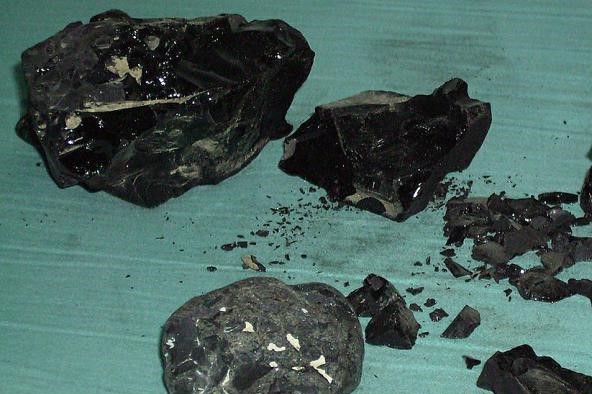 The electron shells in paramagnets are incomplete, the electrons are in different directions, and their magnetic effects are almost neutralized and show no magnetism, but if these objects are placed in an external magnetic field proportional to the strength of the outer field, some of these torques of their. It orients itself in the direction of the torque in the outer magnetic field and will create an induced magnetic moment in the mineral. As a result, the susceptibility of this material is positive, but the effect is still weak. There are some minerals that, if exposed to an external magnetic field H, produce strong induced magnetic fields that are millions of times stronger than paramagnetic minerals. Because the head of these minerals is iron, they are called ferromagnetic minerals. In ferromagnetic objects, the dipoles are parallel, creating strong magnetism (magnetization) that can exist even in the absence of an external magnetic field.
The electron shells in paramagnets are incomplete, the electrons are in different directions, and their magnetic effects are almost neutralized and show no magnetism, but if these objects are placed in an external magnetic field proportional to the strength of the outer field, some of these torques of their. It orients itself in the direction of the torque in the outer magnetic field and will create an induced magnetic moment in the mineral. As a result, the susceptibility of this material is positive, but the effect is still weak. There are some minerals that, if exposed to an external magnetic field H, produce strong induced magnetic fields that are millions of times stronger than paramagnetic minerals. Because the head of these minerals is iron, they are called ferromagnetic minerals. In ferromagnetic objects, the dipoles are parallel, creating strong magnetism (magnetization) that can exist even in the absence of an external magnetic field.
gilsonite magnetic properties
In order to understand Gilsonite’s magnetic properties, it’s essential to know what causes these magnetic behaviors in Gilsonite. This substance is a naturally occurring hydrocarbon and there is a strong correlation between hydrocarbon reserves and observable magnetic anomalies, which may be induced by the diagenetic transformation of magnetic and other iron-bearing minerals in situations where petroleum seepage occurs. However, the mechanisms and processes of hydrocarbon-induced magnetic alteration remain incompletely understood, which hinders the development of tools for trustworthy exploration or environmental monitoring that is based on magnetic data. Some projects have been conducted aiming to improve the fundamental understanding of the magnetic signature of hydrocarbons through a thorough experimental investigation of the genetic relationship between the hydrocarbon migration and magnetic properties of sediments overlying the oil-bearing formations.  These investigations were carried out in order to better understand how the magnetic signature of hydrocarbons is inherited. Magnetic signatures that are easily observable are frequently found in association with hydrocarbon reserves. In order to assess the dependence of magnetic variation on lithology, rock type, geochemistry, and the distance from a hydrocarbon reservoir, the experimental data that was obtained was put to use in the creation of maps of the spread of magnetic susceptibility and other magnetic parameters. These maps were then used to evaluate the dependence of magnetic alteration. Accordingly, the magnetic properties of Gilsonite are the result of inheritance from the magnetic fields and this mineral does not possess any magnetic properties itself but it only reacts when close to magnetic elements. You are welcome to ask any more questions regarding the Gilsonite purchase. Simply fill out the inquiry form to get in touch with one of our skilled sales representatives. You will receive a response as quickly as possible, and all of your questions will be addressed.
These investigations were carried out in order to better understand how the magnetic signature of hydrocarbons is inherited. Magnetic signatures that are easily observable are frequently found in association with hydrocarbon reserves. In order to assess the dependence of magnetic variation on lithology, rock type, geochemistry, and the distance from a hydrocarbon reservoir, the experimental data that was obtained was put to use in the creation of maps of the spread of magnetic susceptibility and other magnetic parameters. These maps were then used to evaluate the dependence of magnetic alteration. Accordingly, the magnetic properties of Gilsonite are the result of inheritance from the magnetic fields and this mineral does not possess any magnetic properties itself but it only reacts when close to magnetic elements. You are welcome to ask any more questions regarding the Gilsonite purchase. Simply fill out the inquiry form to get in touch with one of our skilled sales representatives. You will receive a response as quickly as possible, and all of your questions will be addressed.

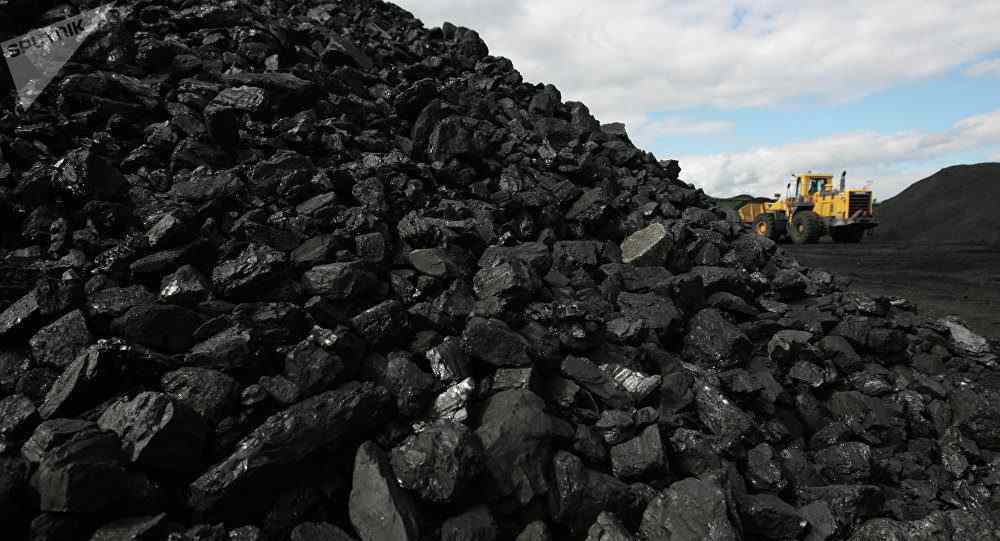
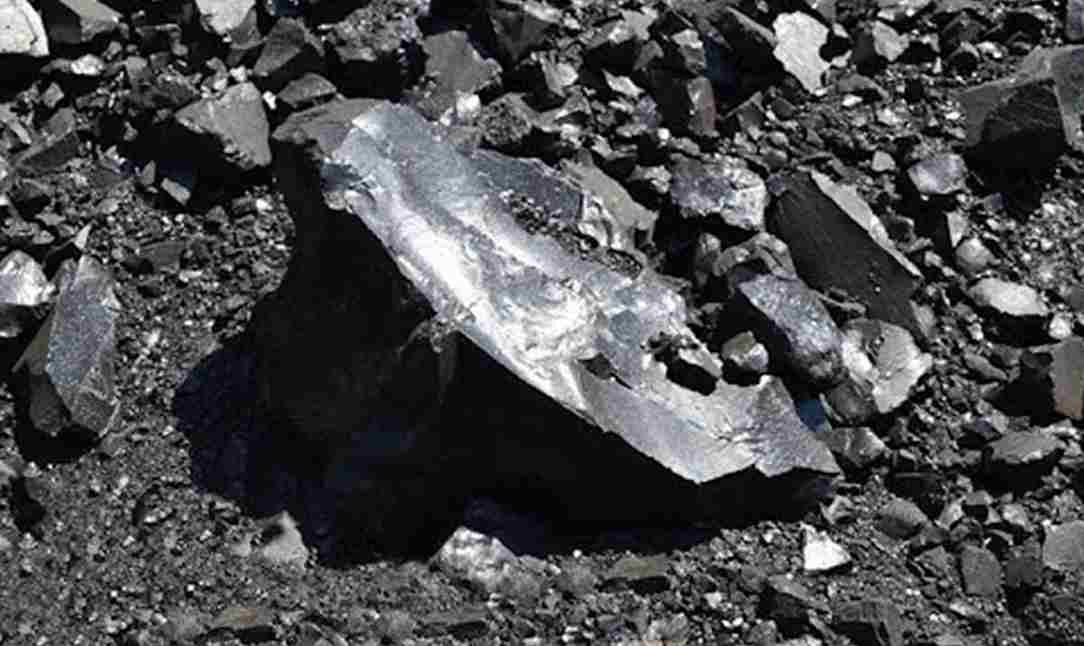
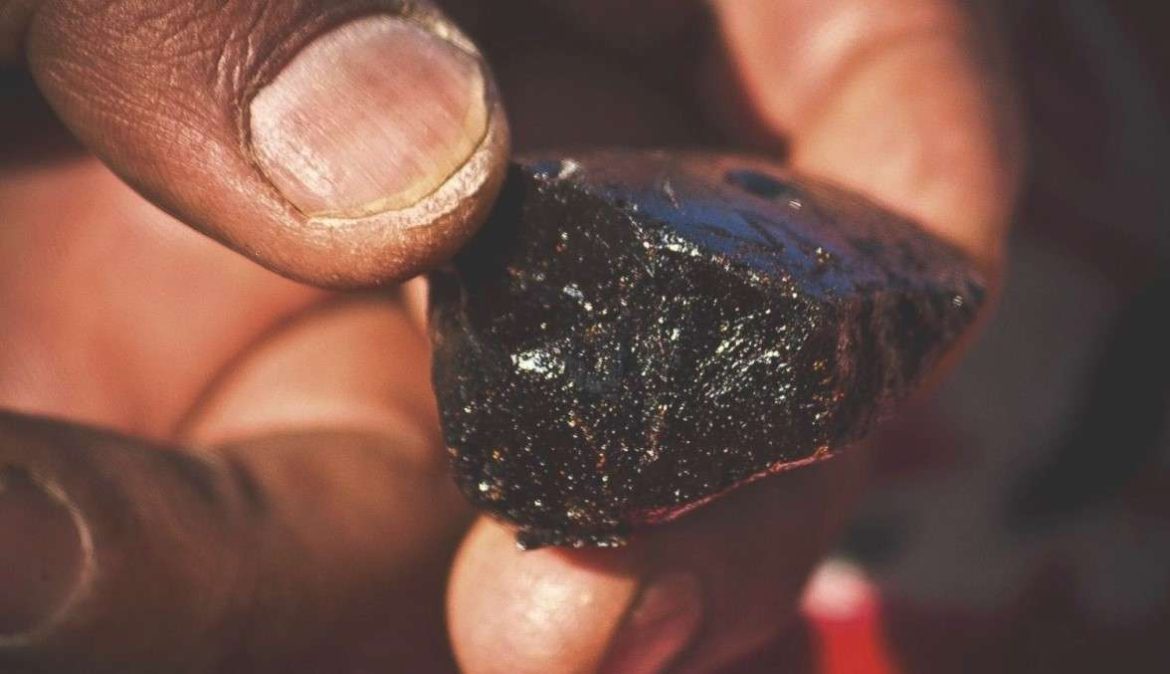
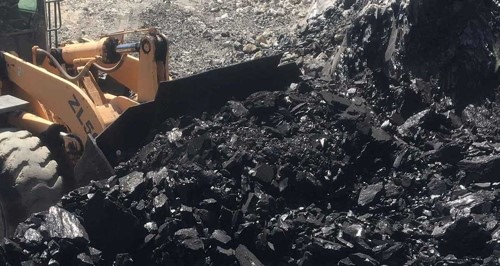
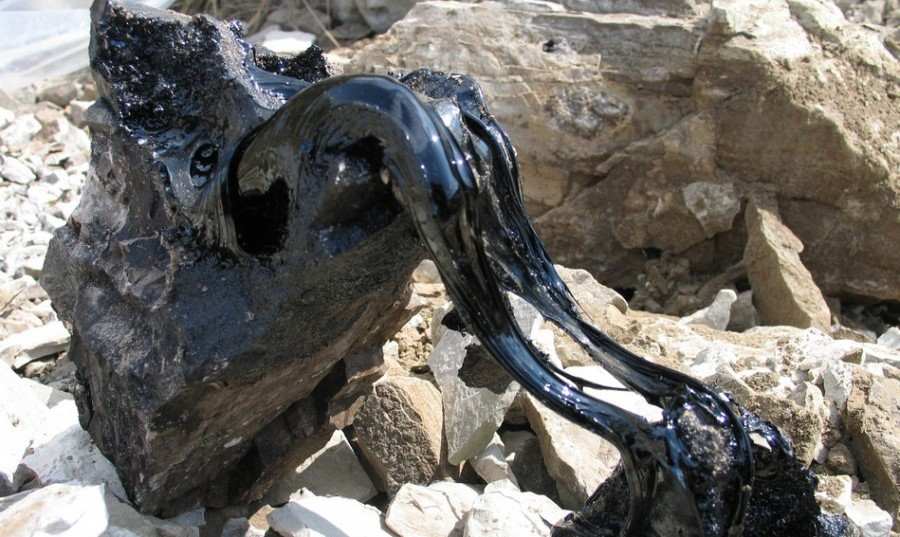
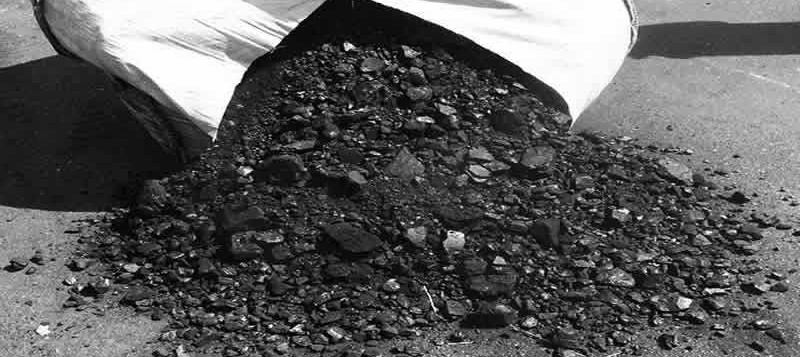
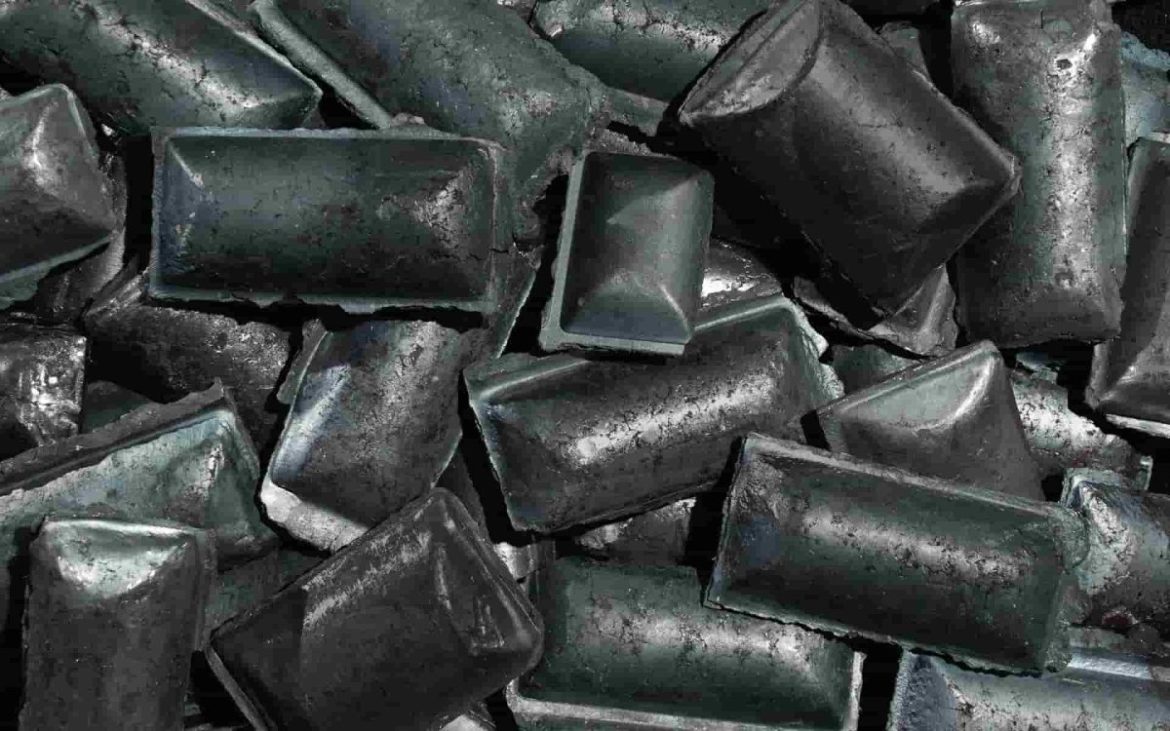
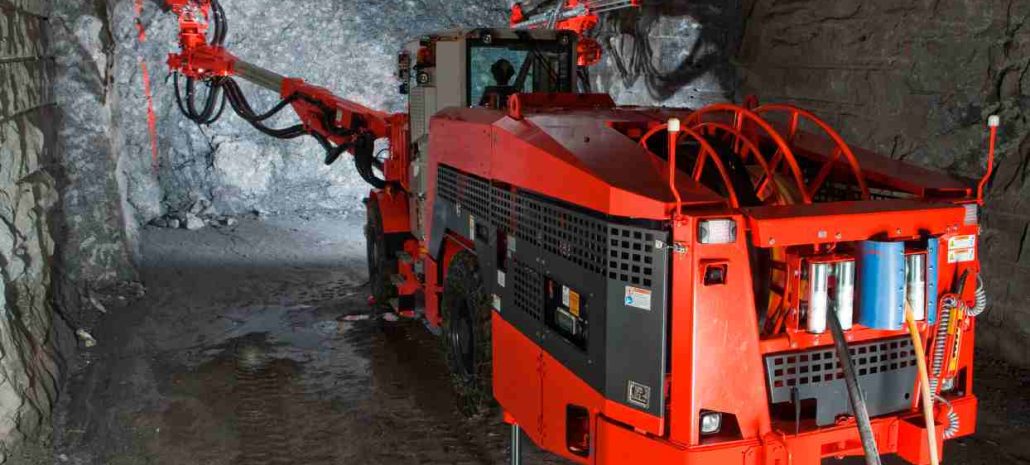
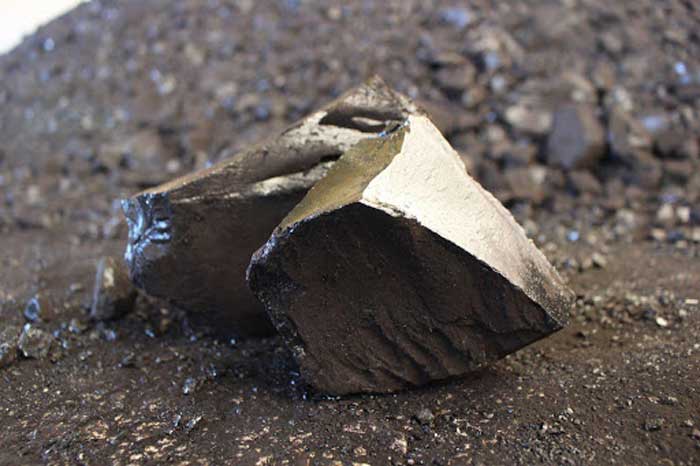
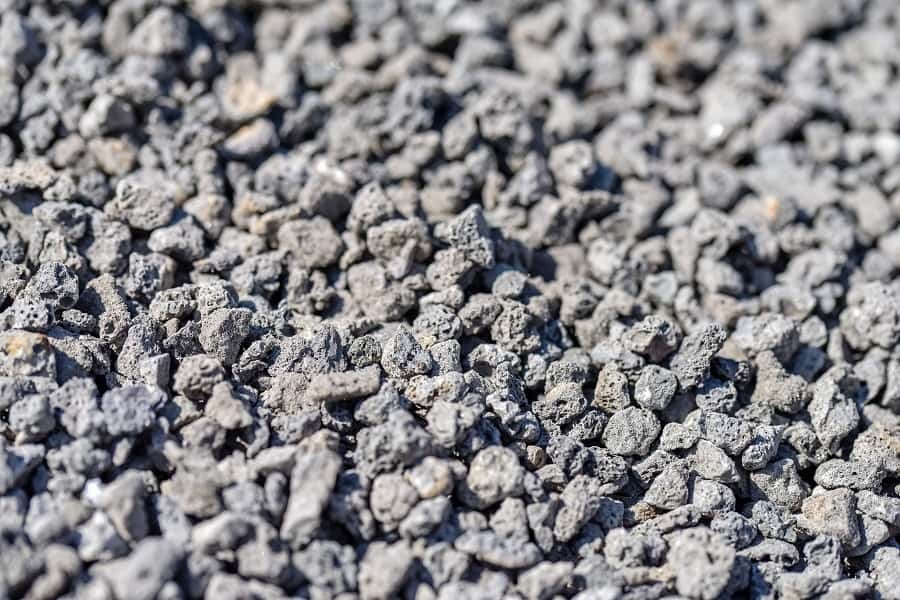
Your comment submitted.